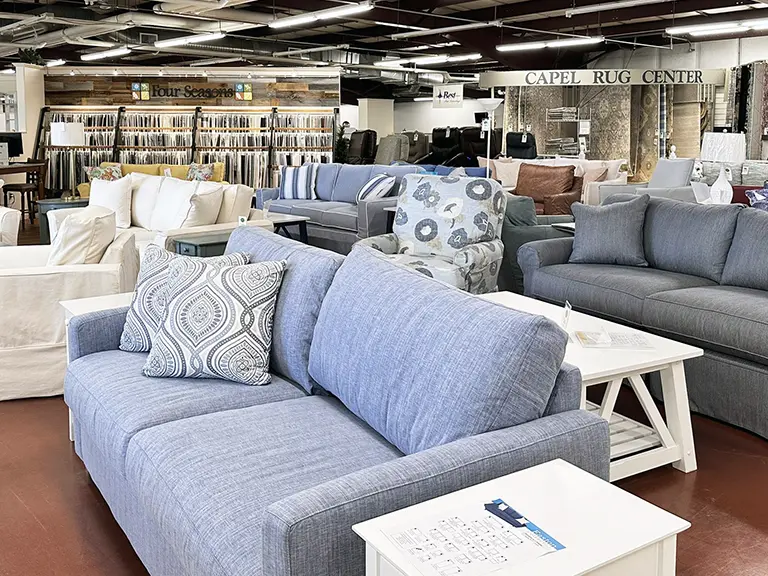Discover the Art of Room Designing for a Stunning Home
Grasping the art of room design belongs to orchestrating a harmony of components that integrate to produce a captivating home. It's not nearly preparing furnishings or paint walls; it has to do with crafting an environment that mirrors your individuality while taking full advantage of comfort and functionality. The interaction of shades, appearances, illumination, and design is where the magic truly takes place, transforming simple rooms right into immersive experiences. So, just how can these subtleties be masterfully woven with each other to raise your home to new elevations of class and allure?
Importance of Room Format
Why is the layout of a space important for creating a functional and harmonious home in your house? The layout of a space plays a basic role in establishing the overall setting, flow, and performance of a room. A well-thought-out room layout can boost the convenience and usability of a room while likewise contributing to the aesthetic appeal of the room.
When developing the layout of a room, it is vital to consider aspects such as the shapes and size of the space, the location of doors and home windows, website traffic flow, and the placement of furniture. A carefully intended layout can optimize space, create designated areas for different tasks, and make sure that the room is both visually enticing and functional.
Additionally, a reliable area layout can promote a sense of equilibrium and harmony within the space, making it more inviting and comfy for inhabitants and guests alike. By meticulously taking into consideration the format of an area, you can produce a useful and unified living area that meets your needs and boosts the general aesthetic of your home.
Selecting the Perfect Shade Plan
Efficient space design not only relies upon a well-balanced layout yet likewise depends upon picking the perfect color pattern to enhance the overall setting and aesthetics of the room. Selecting the best colors can substantially affect the state of mind and visual allure of a space.
When choosing a color design, think about the purpose of the area. For instance, relaxing blues and eco-friendlies are perfect for rooms, while dynamic yellows and oranges can invigorate areas like cooking areas or home offices. Neutral tones like beiges, grays, and whites use versatility and can develop a sophisticated backdrop for any space, permitting you to introduce stands out of shade through decoration components.
Balancing shades is important for a natural appearance. Analogous colors, which are following to each various other on the color wheel, produce a tranquil and harmonious environment, while corresponding shades, found opposite each other on the wheel, give a dynamic contrast. In addition, focusing on the space's all-natural light and dimension can help figure out whether to opt for lighter or darker shades to optimize the space and produce the wanted effect.
Furniture Positioning for Optimum Impact
Strategic furniture placement plays an important role in optimizing the impact of a space's design and performance. When setting up furniture, it's important to consider the room's format, website traffic flow, and focal factors.
When positioning furniture,Take into consideration the function of the room. In a living room, create discussion locations by putting seats in a relaxing arrangement facing each various other. In bed rooms, place the bed as the prime focus and guarantee simple accessibility to closets and drawers.
Keep an equilibrium in between furniture and the space's proportions. By thoughtfully placing furnishings, you can improve the total aesthetic and performance of your room.
Illumination Approaches for Ambiance

An additional secret element to take into consideration is the usage of dimmer buttons. Dimmers enable you to readjust the brightness degrees according to different times of the day or various activities, providing versatility in creating the preferred ambiance. Furthermore, incorporating natural light resources, such as home windows or skylights, can bring a feeling of visibility and warmth to the room.

Including Ornamental Elements
In interior decoration, the unification of ornamental elements is critical in adding personality and charm to an area. When purposefully put, decorative components such as artwork, accent carpets, pillows, and sculptures can elevate the total aesthetic of a room. One effective means to include ornamental components is by selecting items that match the existing color pattern and design of the room. For instance, if the space includes a neutral color scheme, adding stands out of color via attractive aspects can create visual interest and a focal factor.
Using ornamental aspects to mirror individual style and passions can make an area really feel much more inviting and one-of-a-kind. Whether it's showing traveling mementos, vintage finds, or hand-made products, including individual touches adds a layer of authenticity to the room's design.
Verdict
Finally, grasping the art of room style is vital for creating a spectacular and inviting home. By meticulously thinking about aspects such as area design, shade systems, furniture placement, lighting techniques, and attractive aspects, one can transform their living rooms right into harmonious you could check here havens that mirror their individual style and passions. Each aspect plays a vital function in producing a cohesive and visually enticing room that is both practical and aesthetically pleasing.
Grasping the art of room layout is akin to managing a symphony of aspects that discover here harmonize to develop an exciting living room.Why is the layout of an area important for developing a harmonious and useful living room in your home? A well-thought-out area design can enhance the convenience and usability of an area while likewise contributing to the visual charm of the room.
Additionally, paying attention to the space's natural light and size can help establish whether to opt for lighter or darker tones to make best use of the room and develop the preferred result.
By meticulously considering aspects such as space layout, shade plans, furnishings placement, lights strategies, and attractive components, one can change their living areas into unified havens that mirror their individual design and interests.